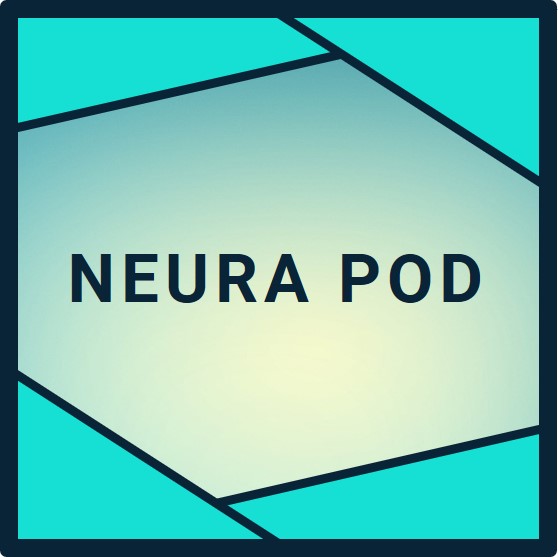- New Neuralink users typically achieve basic cursor control within minutes to hours after implantation, as demonstrated by the second PRIME participant and recent UK patient Paul.
- Typing proficiency emerges over 1 to 4 weeks through daily N1 User App sessions, reaching 10 to 50 words per minute for most participants.
- Full independence with multitasking and speeds over 100 words per minute develops in 1 to 3 months, enabling gaming, work, and robotic arm control for long-term users.
Post-Implantation Activation: Minutes to First Control
Neuralink implantation via the R1 surgical robot activates swiftly. Patients wake from surgery with the N1 implant recording neural signals from 1,024 electrodes across 64 flexible threads in the motor cortex. The second PRIME Study participant at Barrow Neurological Institute controlled a computer cursor in under 5 minutes upon connecting to his device. Paul, the first UK patient under GB-PRIME at University College London Hospitals, moved a cursor hours after his October 2025 procedure.
This rapid onset stems from AI-driven decoding that maps intended movements to on-screen actions via the N1 User App. Initial sessions focus on simple tasks like targeting circles, building neural models in real time. Elon Musk's emphasis on high electrode density ensures clear signals from day one, minimizing early frustration.
New users receive remote engineer support, with over-the-air updates refining performance instantly. By end of day one, most achieve reliable cursor navigation.
Week 1 Training: Building Core Skills
Daily practice forms the core of Neuralink onboarding. Participants commit to at least two 1-hour research sessions weekly, plus personal use averaging 4 to 8 hours weekdays and 10 plus on weekends. The N1 User App guides calibration through games like Web Grid, where users hit targets to train accuracy.
First patient Noland Arbaugh progressed from basic clicking to short messages within days. ALS patient Brad Smith noted initial "drunk mouse" feel but hit a few words per minute by week's end. Typing starts at 1 to 5 words per minute, advancing via imagined hand movements. Jaw clenches or eye blinks serve as clicks for some.
Proximity to trial sites like University of Miami or Cleveland Clinic Abu Dhabi aids in-person tweaks. Elon Musk's team iterates models nightly, boosting speeds 2 to 5 times weekly.
Weeks 2 to 4: Proficiency and Speed Gains
By week two, users type fluidly at 10 to 50 words per minute, surpassing eye-gaze alternatives. Calibration times drop from 30 minutes to seconds. Arbaugh reached 100 words per minute by month one, playing games and browsing independently.
CONVOY extension users like Alex Conley master robotic arms for reaching and grasping. Software adapts to fatigue or signal drift, maintaining 85 to 95 percent accuracy. Daily logs track bits per second, hitting 8 to 9 for top performers.
Caregivers assist setup, but control feels intuitive, like "thinking a hand move." Over 15,000 cumulative hours across 14 patients confirm consistency.
1 to 3 Months: Mastery and Independence
Long-term adaptation yields expert use. Arbaugh, at 21 months, logs 100 plus hours weekly for work, study, and keynotes. He designs 3D models and narrates videos via AI speech. Patients multitask: email while gaming.
Thread retraction, once an issue, resolves via software selecting active electrodes. Zero serious adverse events affirm safety. Dual implants planned for 2026 promise doubled bandwidth.
Elon Musk eyes consumer onboarding under 1 hour by 2030, leveraging transfer learning.
Factors Shaping Individual Progress
Age, condition stability, and prior tech familiarity influence curves. Younger quadriplegia patients like Arbaugh (29) adapt fastest; ALS users may use alternative clicks initially. Reliable caregivers ensure session compliance.
Global PRIME variants in Canada, UK, and UAE show uniform results. Registry screening predicts fit. Elon Musk's vertical integration from robot to app accelerates gains.
TL;DR
Neuralink's learning curve empowers new users with cursor control in minutes, typing proficiency in weeks, and full autonomy in months, as 14 patients prove across four countries. From Paul's hours-post-surgery success to Noland's 100+ wpm mastery, daily app sessions deliver intuitive thought control. Elon Musk drives refinements for robotic arms and beyond, restoring independence today while scaling to thousands by 2026. Eligible? Join neuralink.com/trials for your turn in this human capability leap.

